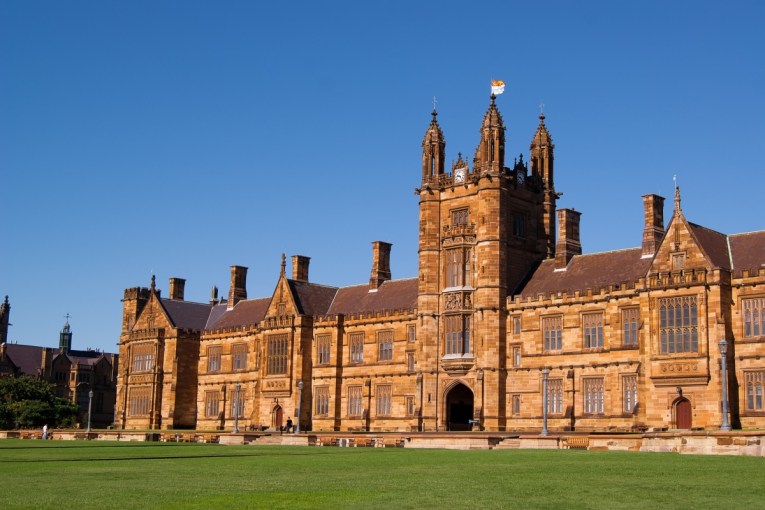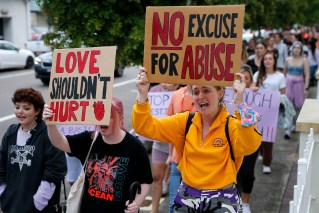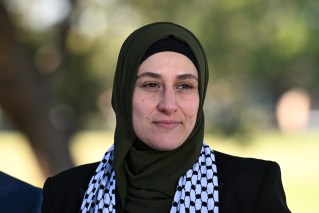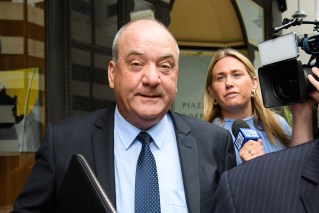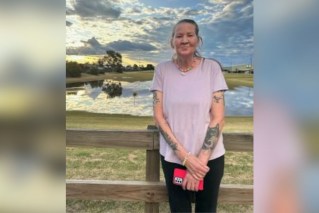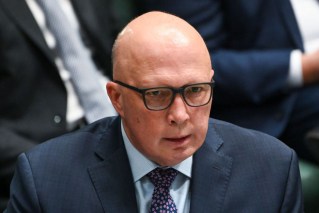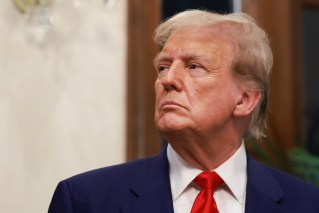Thousands of GPs will get just 50 doses of COVID vaccine per week, as the government deflects blame for a slower-than-expected initial rollout onto supply issues overseas.
The federal government doesn’t anticipate receiving Australia’s full complement of Pfizer jabs until December, while the promising Novavax vaccine is expected to become available from October and vastly boost supply numbers.
Despite 1.3 million doses of vaccine being available in Australia, the latest statistics – as of Friday – show fewer than 160,000 doses have been administered.
It’s partly due to some supplies of the two-dose Pfizer and AstraZeneca vaccines being held back for second doses, but pressure is building on states and the Commonwealth to give more jabs.

Latest vaccine numbers, as of Friday. Photo: Department of Health
The shortfall was further highlighted in recent days with a quarantine worker in Sydney and a doctor in Brisbane contracting COVID, sparking urgent public health responses.
Quarantine workers and frontline medical staff are among those prioritised for jabs in the rollout’s Phase 1a, but it will still be weeks before all critical workers get their first vaccinations.
Mr Morrison and Health Minister Greg Hunt said in January the government wanted a minimum of “80,000 vaccinations a week” in the first rollout phase, but this target was missed in the first two weeks.
In the third week, the government expects to exceed 80,000 doses.
“We have dealt with the significant disruptions to supply,” Mr Morrison said on Sunday from a medical clinic in Sydney, where he received his second dose of the Pfizer vaccine.
“We said we’d get to around about 80,000 of those in those initial phases a week and we have and we will see that ramp up from here.”
Got my second #COVID19 vaccine jab today along with the delightful Jane Malysiak, the first person in Australia to be vaccinated.
A reminder, vaccinations are free and voluntary for everyone in Australia and our own medical experts have found them to be safe and effective. pic.twitter.com/EQ0td2kjgN
— Scott Morrison (@ScoMo30) March 14, 2021
In a long PowerPoint presentation, health department secretary Professor Brendan Murphy revealed long-awaited answers to numerous burning questions about the rollout, such as timing and dosage numbers.
He said Australia was “not confident” of receiving any more internationally produced AstraZeneca doses, but locally produced supply from Melbourne’s CSL would be available within days.
“The vaccine … is being put in bottles as we speak,” Professor Murphy said.
“That is a really, really exciting moment for us.”
He also shared for the first time that Australia expected supplies of the Novavax vaccine from October.
Australia has a contract for 51 million Novavax doses.
Though yet to be approved by the Therapeutic Goods Administration, clinical results last week showed it had very high efficacy, on par with Pfizer.
The figures also show the government expects to hit the milestone of four million vaccinations in late April – several weeks after the “early April” timeline first promised.
But of more immediate interest to ordinary Australians will be information about how the general population will get access to vaccines.
Most citizens will be included in Phase 2a and 2b, after medical and essential workers in Phase 1a and 1b.

The vaccine supply expectations, including Novavax. Photo: Department of Health
Phase 2a – adults aged 50 to 70, and Aboriginal and Torres Strait Islanders aged 18 to 54 – is expected to begin in May or June.
The bulk of Phase 2a and 2b will receive the AstraZeneca vaccine, distributed through regular GPs, health clinics and pharmacies.
But the rollout schedule shows 3400 general practices will get just 50 doses per week.
Another 1000 larger GPs will get 100 doses per week, and 300 will get 400 doses per week.
GP-led respiratory clinics get the largest number, with 130 facilities receiving 1000 doses per week.
The New Daily has spoken to multiple GPs concerned at the limited doses they will receive.
“Our practice has a regular patient base of 8000, so this barely touches it,” one GP, who asked not to be named, told TND.
“We haven’t booked anyone in yet, as we can’t rely on numbers. And don’t want to cancel people because that would further damage confidence in the process.”
Professor Murphy said the government was hoping CSL could boost its supply numbers, from the scheduled one million doses per week, “so we can roll out more”.

Vaccine supply is the No.1 issue for GPs. Photo: AAP
“We’ve got lots of people who want to give more vaccines,” Professor Murphy said.
“As you’ll see in the general practice clinics and the GP respiratory clinics, they want to do more. The states and territories want to do more.
“The critical limitation at the moment is simply vaccine supply.”
Dr Chris Moy, vice-president of the Australian Medical Association, said it may be a blessing in disguise for things to start slowly.
“It will allow practices to get used to doing them. It’s a new thing. They’ll get into the groove of doing it,” Dr Moy told TND.
“They are quite small numbers, but we’ll be doing a million per week soon, so that will swamp these numbers.
“It’s actually kind of assuring that the practices are getting small amounts, so the load will be spread across the system.”
Dr Moy said the AMA was working closely with GPs to hear concerns about the rollout.
“The AMA has worked hard to advocate for GP involvement in the rollout. The AMA believes GPs understand how important this is for their patients and the community and are ready to play their critical role,” he said.
“The main principle is normal GPs should provide the shots, because of the trust factor for patients, and it’s a new vaccine so patients have a lot of questions.
“That’s a value that has become very evident with the issues in rollout in aged care, where the disconnect from GPs has sometimes caused problems.”

